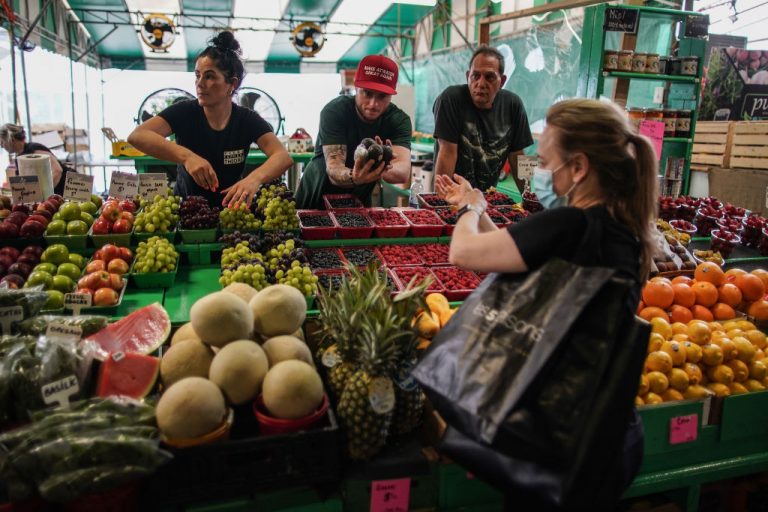New Food Banks Canada (FBC) research has revealed that millions of Canadians are reporting going hungry amidst record high inflation that is driving up the costs of the bare essentials like pasta, bread and meat and the crisis is only deepened due to skyrocketing housing costs.
According to the research, 23 percent of Canadians report eating “less than they should” and a massive 61 percent believe that housing costs are the primary factor driving food insecurity in Canada, a sentiment that has doubled over the past year.
In 2021, as the COVID-19 pandemic raged across the country, over 1.3 million Canadians were forced to access food banks with single adult households representing 46.1 percent of that usage despite only representing 28.2 percent of the population.
Just over 50 percent of food bank users in Canada are on social assistance or disability-related supports as their primary source of income.
A startling 33.3 percent of food bank users are children who represent just 19.1 percent of the total population.
Success
You are now signed up for our newsletter
Success
Check your email to complete sign up
FBC research shows that one-in-five (an estimated 7-million) Canadians reported going hungry at least once between March 2020 and March 2022 because there wasn’t enough money at the end of the month left over for food.
Read More:
- United Nations Warns of ‘Hellstorm on Earth’ Amidst Compounding Crises Driving Global Food Scarcity
- With MIllions Facing Starvation, US Treasury Unveils Plan to Address Food Crisis
- World Has Only 10 Weeks of Wheat Supplies Remaining: Expert
Tough summer expected
Kirstin Beardsley, Food Banks Canada’s newly-appointed CEO said at a press conference that “this summer will be the toughest Canada’s food banks have ever experienced in [their] 41 year history.”
“The majority of food banks in every region of Canada are already stretched to their limits, with demand expected to remain high throughout the summer months as more and more Canadians struggle to cope with rising inflation,” Beardsley told reporters.
In a typical summer, food banks experience less traffic however, according to Beardsley, frontline workers are reporting that they are not experiencing any signs of slowing down.
“Food banks in most regions of Canada are experiencing an influx of Canadians visiting food banks for the first time — a number that’s increased by up to 25% in some regions, which we haven’t seen since the first few months of the pandemic, “ Beardsley explained to reporters, adding that food bank clients, who did not require a visit to the food bank for over five years, are now returning.
“The biggest sign that inflation is seriously impacting hunger and food insecurity in Canada, is that the reasons why people say they are coming to food banks is changing. In the past, people would turn to food banks during times of job loss, or due to lower wages — but over the past six months, Canadians are telling us that they are running out of money for food because of rising housing, gas, energy and food costs. That’s an indication that we need to find new longer-term solutions to fight hunger and food insecurity,” she at a press conference.
A FBC survey, which was conducted by Mainstreet Research, found that almost a quarter of Canadians reported eating less than they should, a figure that doubles for people earning less than $50,000 per year.
The survey was conducted by automated telephone and polled 4,009 adults from Feb. 25 to March 2.


















